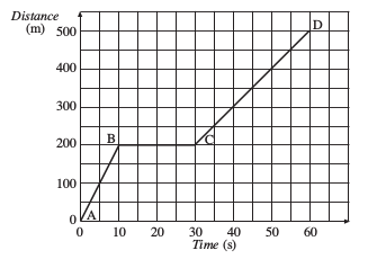What is everything in the Universe made out of?
Atoms
What are the two types of changes in chemistry?
Physical and chemical
What are the two models for the Solar System?
Heliocentric and Geocentric
What force keeps planets in orbit around the Sun?
Gravity
What is the hydrosphere?
All the water on Earth (liquid, solid, and gas)
What is the smallest unit of life?
A cell
How many elements did the Greeks believe existed?
Four (Earth, Wind, Water, Fire)
What kind of change is mixing fruits in a blender and making a smoothie?
Physical
What is the Unit used to measure distances in space?
The Astornomical Unit (AU)
How long does it take for the Moon to complete one full revolution around Earth?
27.3 days or about 28 days
What is the average salinity of seawater?
About 3.5%
What are the two types of cells?
Prokaryotes and Eukaryotes?
Which Greek philosopher proposed the concept of "Atomos"
Democritus
Cooking will always result in this
Chemical Change
Who was the scientist who finally solidified the concept of Heliocentrism?
Galileo Galilei
What two movements can celestial bodies make as they travel around the Sun?
Rotation and revolution
What sugar do plants make during photosynthesis?
Glucose
What are the four types of Eukaryotic Cells?
Animal, Plant, Fungi, and Protist
What changes can create new substances?
Chemical changes
These two components are present in a solution
What are solvents and solutes
What are Isaac Newton's most notable contributions?
The Three Laws of Motion and the Law of Universal Gravitation
What separates the inner planets from the outer planets in our solar system?
The asteroid belt
What scientist helped discover photosynthesis?
Joseph Priestly
What type of cell is a bacterium?
A prokaryote
What process is used to retrieve solids dissolved in a liquid?
Boiling
This process is used for bread to rise
What is fermentation
Which Law of Motion states: "An object at rest will remain at rest, until an external force acts upon it"?
The First Law or The Law of Inertia
What planet has the most moons in the solar system?
Saturn
Define all levels of the Trophic Levels
L 1. Producers (Autotrophs)
L 2. Primary Consumers (Herbivores)
L 3. Secondary Consumers (Carnivores/Omnivores)
L 4. Tertiary Consumers (Top predators)
What is the powerhouse of the cell?
The mitochondria
What is a substance containing two or more different elements called?
A compound
This speeds up a chemical reaction
What is a catalyst

1. 500 m
2. 60 sec
3. 8.33 m/s
What type of celestial body is Ceres classified as?
Dwarf planet
What organism allowed for the atmosphere to be formed when Earth was 2.3 billion years old?
Cyanobacteria
What single word is defined as a little organ?
Organelle
What are diatomic elements?
Elements that always come in pairs
These are the products of fermentation
What are alcohol and carbon dioxide
Using the formula F=ma. An object travels at a rate of 7.5 m/s2, impacting a wall with a force of 18.75 N. What is the object's mass?
2.5 kilograms
What is the approximate time it takes to go through five lunar phases?
About 17.5 days
What are the products of Photosynthesis?
Glucose and Oxygen
What organelle is in charge of producing photosynthesis in a plant cell?
The Chloroplast